Organic gardening is becoming increasingly popular as gardeners strive to create a healthier and more sustainable environment for their plants. Organic topsoil is a key component of organic gardening, as it provides the nutrients and structure needed to support healthy plant growth. In this article, we will cover the basics of organic gardening with organic topsoil, including what it is, how it works, and why it is important for your garden. We’ll also discuss some tips for using organic topsoil in your garden and provide some suggestions for sourcing quality organic topsoil.
By the end of this article, you will be well-informed and ready to begin your own organic gardening journey with organic topsoil.
Organic topsoil
is a type of soil that is made up of natural materials such as compost, manure, and other organic matter. It is different from traditional soils in that it does not contain any synthetic fertilizers or pesticides. Organic topsoil has all the nutrients necessary for plants to grow and thrive, including nitrogen, phosphorus, and potassium. Additionally, it helps retain moisture in the soil, which helps reduce the need for frequent watering.When starting an organic garden with organic topsoil, it is important to understand the basics of planting. You should choose a location that gets at least six hours of direct sunlight per day. Make sure the area is free of weeds, pests, and diseases before planting. Additionally, it's important to rotate crops so that different types of plants are grown in the same spot each year.
This helps prevent nutrient depletion and keeps the soil healthy. Once you have chosen your location and prepared your topsoil, it's time to start planting. When planting seeds or transplants, make sure they are planted at the correct depth and distance apart. For example, most vegetables should be planted at a depth of two to three times their diameter and spaced eight to twelve inches apart.
It's also important to water your plants regularly so that the topsoil remains moist but not soggy. Organic gardening with organic topsoil requires some maintenance throughout the growing season. It's important to regularly check for weeds, pests, and diseases and take action if necessary. Additionally, it's important to provide your plants with adequate nutrients by adding compost or fertilizer every few weeks.
Finally, it's important to mulch around your plants to help keep them moist and reduce weed growth.
Organic Gardening Tips
Organic Topsoil: The first step in successful organic gardening is choosing the right topsoil. Organic topsoil is made from natural sources like compost, manure, and other organic matter. It's a great choice for gardens as it provides the necessary nutrients and minerals to help plants thrive. Organic Fertilizers: Once you have the right topsoil, the next step is to use organic fertilizers.Organic fertilizers are made from natural sources like compost, manure, and other organic matter. They provide essential nutrients to help plants grow strong and healthy. Mulching: Mulching helps keep the soil moist and prevents weeds from growing. It also helps retain moisture so that plants don’t dry out quickly.
Organic mulch is best as it helps improve soil structure and fertility. Composting: Composting is a great way to recycle organic materials and create nutrient-rich soil for your garden. Compost helps retain moisture, and provides essential nutrients to help plants grow. Irrigation: Proper irrigation is essential for successful organic gardening.
Irrigation helps ensure that plants get enough water so that they can grow strong and healthy. Weed Control: Weeds are unwanted guests in any garden. Organic weed control methods such as hand-weeding, mulching, and companion planting can help keep weeds at bay. Pest Control: Pests can quickly ruin a garden if left unchecked.
Organic pest control methods such as companion planting, natural insecticides, and traps can help keep pests away without harming the environment. Organic gardening with organic topsoil is a great way to ensure healthy plants and soil. It is important to choose a location that gets adequate sunlight, prepare the topsoil properly, and take care of your plants throughout the growing season. With proper care and maintenance, you can have a thriving organic garden.
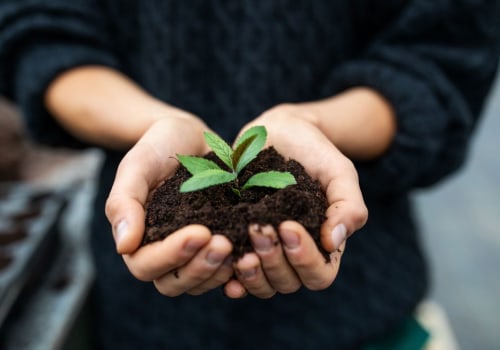
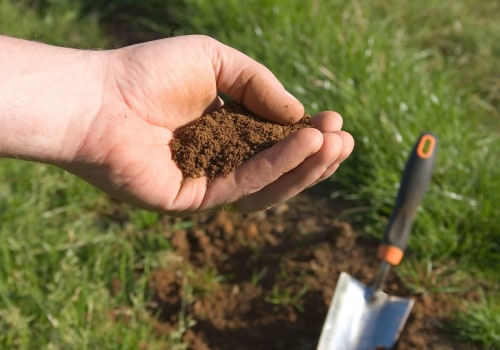
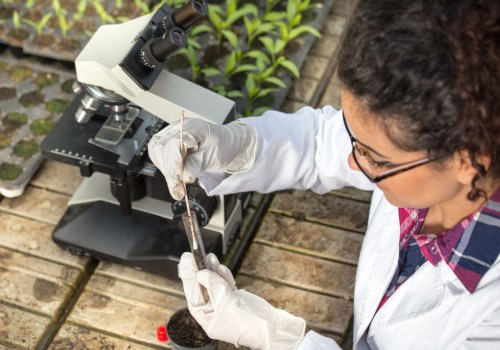
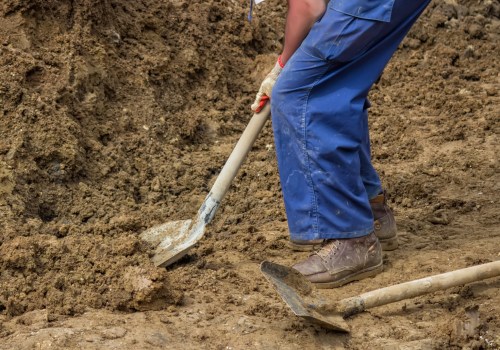

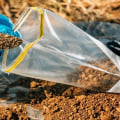
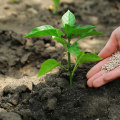
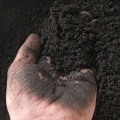
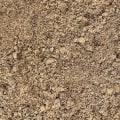

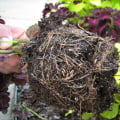
Leave a Comment